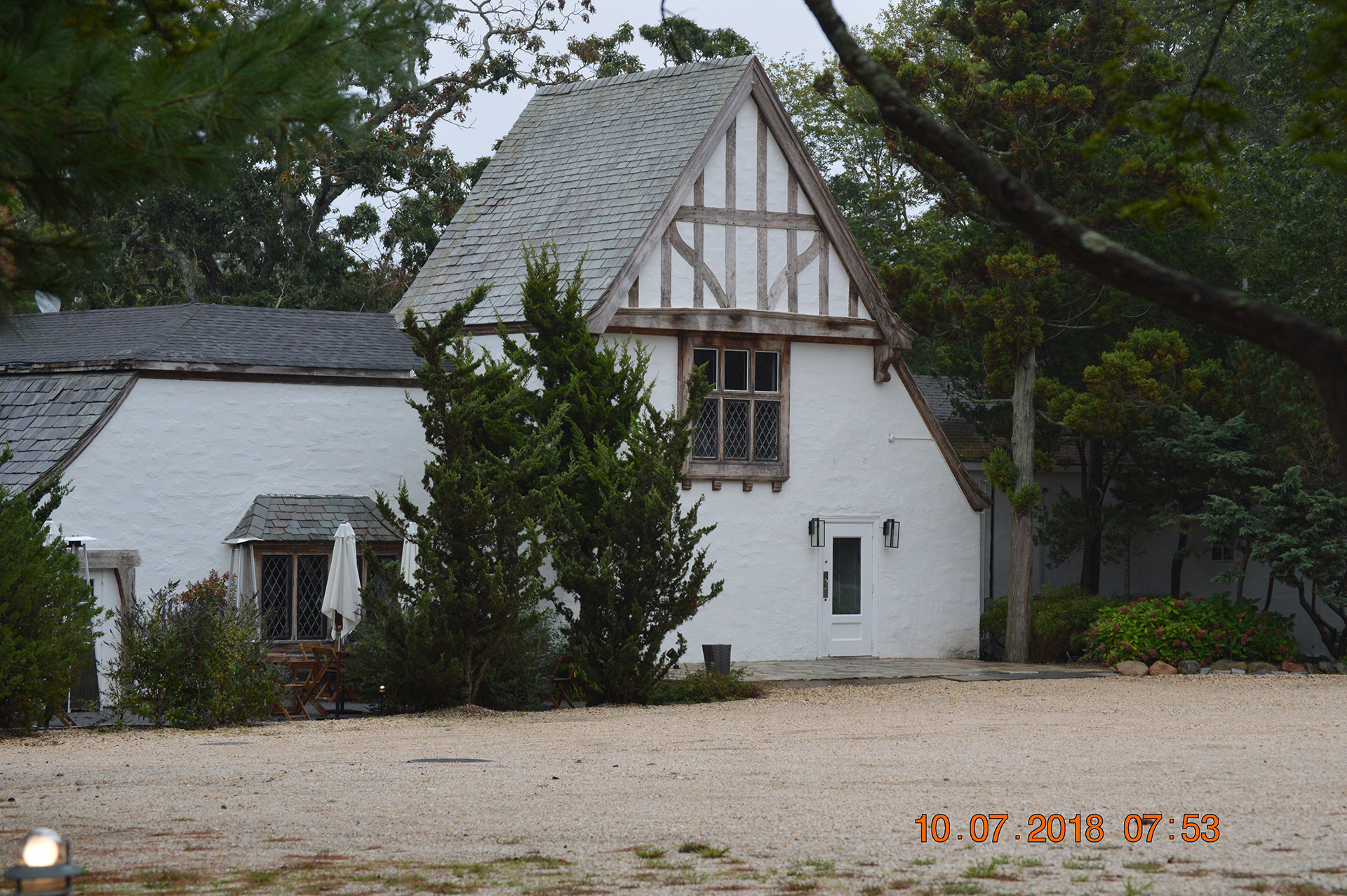Wainscott’s Future Discussed At Town Hall

The long-term vision of the Town of East Hampton for its western-most hamlet, Wainscott, was the subject of a lively discussion during the East Hampton Town Board’s October 4 meeting.
It is the first of five hamlet studies the board is taking up, focusing on future development of the town. The five hamlets also include Springs, Amagansett, East Hampton (Northwest Woods is folded into that study), and Montauk. While each hamlet will be the subject of its own town board work session meeting, the public is welcome to speak about any of the hamlet studies during the five meetings. The studies are available on the town’s website.
Lisa Liquori, a former town planning director who was one of the consultants involved in shaping the study, spoke first, laying out the process involved in creating it. Sarah Davison, the executive director of the Friends of Georgica Pond Foundation, also addressed the board.
Davison told the board that it should consider two areas of acquisition to ensure water quality and protect the pond. She said the town should “think of acquiring the majority, if not the entirety,” of the now exhausted 70-acre sand and gravel mine north of the highway. That site is currently being proposed as a subdivision into 50 buildable commercial business lots.
There was a second location Davison believes the town should seek to acquire: the restaurant property at 108 Wainscott Stone Road, at the southeast corner of Montauk Highway. The location has housed many different restaurants over the years. Currently occupied by Il Mulino, it was known last year as Osteria Salina, and before that, Georgica Restaurant and Lounge. Davison said that such a purchase would have several benefits for Wainscott and Georgica Pond. First, it would decrease the amount of septic water flowing toward the pond. Second, it would provide an opening to the pond for the public.
Philip Young, who owns businesses in the cluster of storefronts north of the highway, expressed concern over the possibility that he and other businesses might lose property rights. In addition, he said current owners are also concerned with the future of parking in the area. Business owners, he said, are afraid of losing curb cuts to parking areas, and therefore, experiencing a decline in revenue from those unable to park near their businesses.
Rick Del Mastro, a long-time member of the Wainscott Citizens Advisory Committee, said that the plan was three years in the making. Del Mastro said that it is always difficult to foresee the exact shape of change in the future. Will we even be driving cars, he asked? But, the vision offered by the study, he said, is a flexible one.
Town Supervisor Peter Van Scoyoc summed up the feedback from the over one-dozen speakers. “The plan is a sketch, a vision of the future, and, as Mr. Del Mastro so eloquently pointed out, it is something that is flexible, something that can change over time,” Van Scoyoc said. “It is not set in stone. It is a vision for the future. There will be an informing through the comprehensive plan. As Rick pointed out, we can’t anticipate where we will be in 10 or 15 or 20 years in terms of our needs.” The study, he said, has the flexibility to navigate through the uncertainty of the future.
t.e@indyeastend.com



